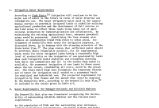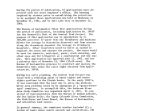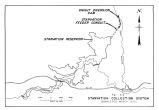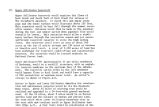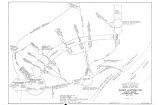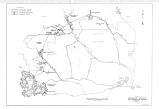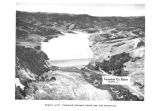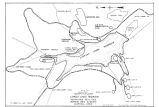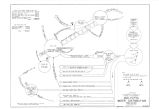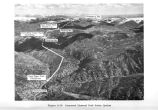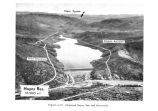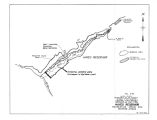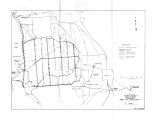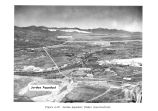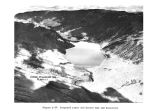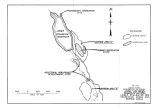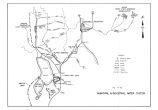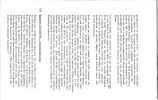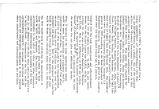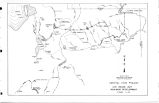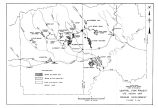| OCR Text |
Show River would be diverted near the Yellowstone Ranch and transported to the reservoir via the 8.5- mile Taskeech Feeder Canal for storage regulation. The water would then be returned to the streams during the irrigation season to meet the demand pattern. Flows which would be returned to the Yellowstone River would be conveyed by the 3.5- mile Taskeech Service Canal. With rehabilitation, present canals would be adequate to distribute the additional water. No additional distribution canals would be required. Active storage from 14 upstream reservoirs and Twin Pots Reservoir would be transferred to Taskeech Reservoir and these reservoirs would be stabilized and maintained as recreation lakes. Impacts An ecological inventory and evaluation for the portion of the Unit area on forested land is currently being prepared by the Forest Service. Additional studies, as required to comply with NEPA, would also be accomplished. This material would be incorporated into an environmental statement. The Unit would stabilize the irrigation water supply of 42,610 acres. As a result, the crop production, incomes, and well- being of those who rely on these lands for a livelihood would be enhanced. This would help stabilize the rural area and slow the out- migration trend. Taskeech Reservoir would provide added opportunity for recreation. Facilities would be constructed for boat launching. With a normal capacity of 78,000 acre- feet, a minimum pool of 12,400 acre- feet, and with annual fish stocking, the reservoir would provide a fair flat water fishery. Moon Lake Reservoir and Taskeech Reservoir would be operated in a manner which would permit minimum flows of 30 c. f. s. in the 2 miles of stream between them. A minimum flow of 25 c. f. s. would be maintained in Yellowstone River below the diversion. These minimums are in accordance with the recommendations of the Forest Service. 109 Flows in Yellowstone River between the present power diversion and the proposed Taskeech Feeder Canal diversion, approximately .5 mile, would be improved as the power diversion would be terminated. The reservoir at normal elevation would be expected to be an esthetic improvement. As drawdown occurs, large areas of shoreline would be exposed which would detract from the beauty of the setting. The elimination of drawdown of the 14 upstream reservoirs and Twin Pots Reservoir would be an enhancement to esthetics and recreational use. 416 |



































